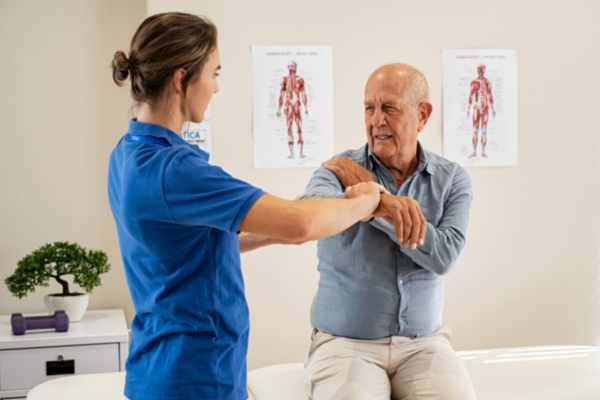Effective Approaches for Reducing Dyspnea in Physiotherapeutic Therapy Appointments
Effective Approaches for Reducing Dyspnea in Physiotherapeutic Therapy Appointments
Blog Article
Dyspnea, or difficulty respiration, is a common concern that many people face, particularly those with chronic lung conditions, heart problems, or other medical concerns. In physical therapy appointments, addressing breathing difficulties is crucial for helping clients improve their overall standard of life. By employing specific methods and approaches, physical therapists can help patients in controlling their respiratory difficulties. Understanding these efficient approaches can empower both therapists and patients to collaborate together more efficiently in overcoming obstacles related to breathing difficulties.
One of the main methods used to reduce breathing difficulties in physical therapy is the practice of controlled breathing exercises. These exercises often focus on diaphragmatic breathing, which encourages patients to use their diaphragm rather than their upper chest muscles when breathing in. This approach helps to increase lung volume and effectiveness. Additionally, pursed lip breathing is another technique that can be helpful. This technique involves breathing in through the nose and breathing out slowly through compressed lips, which can assist to keep airways clear longer and render breathing feel more manageable. By including these exercises into therapy sessions, physical therapists can provide patients with tools to control their breathing difficulties both during and beyond of their sessions.
Another crucial aspect of controlling dyspnea in physical therapy is the creation of an individualized exercise program. Customizing exercises to satisfy the specific needs and capabilities of each patient is essential. Therapists should slowly introduce aerobic exercises, such as ambulating or cycling, in a structured manner, allowing patients to build their endurance over time. This incremental approach helps patients to feel more comfortable with fitness activity while visit here simultaneously improving their lung function and overall endurance. It is important for therapists to monitor patients closely during these exercises to ensure they are not overworking themselves, which could result to increased difficulty of breath.
Education also plays a major role in reducing dyspnea during physical therapy sessions. Providing patients with knowledge about their ailment and the mechanisms behind breathing difficulties can empower them to take control of their health. Therapists can describe how elements like anxiety, posture, and environmental conditions can affect breathing. By comprehending these concepts, patients can learn to manage their symptoms more efficiently. Techniques such as anxiety reduction strategies and proper body posture can further assist in reducing the effects of dyspnea during daily activities and therapy appointments.
In summary, effectively alleviating breathing difficulties in physical therapy sessions involves a combination of breathing exercises, personalized exercise regimens, and patient education. By applying these efficient approaches, physical therapists can help patients manage their respiratory difficulties and improve their overall well-being. Collaboration between therapists and patients is essential to create tailored interventions that meet individual needs. With the appropriate support and methods, patients can find comfort from breathing difficulties and engage more fully in their physical therapy process, eventually leading to a better standard of life.